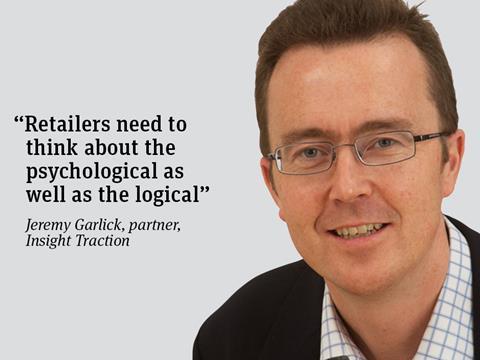
It is a strange fact that retailers are typically less expert in shopper psychology than the big branded houses such as Unilever, P&G and Diageo.
Retailers are good on the logical element of shopper insight - price, range, service perception, market share and so on. But they are much less good on the psychological element.
This matters because we know that most human decision making is not based on pure logic. Daniel Kahneman’s Thinking, Fast and Slow tells us that System 1 thinking (fast, intuitive, unconscious) makes far more human decisions than System 2 (slow, with effort, conscious).
This applies in life generally and even more so in grocery shopping, where the decisions are anyway not that important in the big scheme of things.
So what should grocers (and their suppliers) be thinking about in the field of shopper psychology in order to gain an advantage?
First, think about how shoppers navigate through the store. Very few tour every aisle. So why do they arrive in some aisles and miss others? And how do shoppers come to notice categories? The more aisles that are entered and the more categories that are noticed, the more products will be bought.
Second, how do shoppers make a choice when in front of the shelf? Often they will take a simple, plausible suggestion - in other words, the first acceptable option.
This has important implications for messaging at shelf. And if they do compare different options, their focus is usually the products in the immediate vicinity. If I want to judge whether product X is good value, I will compare it with the surrounding products. This has important implications for range architecture.
Finally, how do you minimise cognitive strain for shoppers? Human beings have limited headspace and energy. Shoppers suffer “cognitive depletion” through the store journey. So how do you conserve their effort and energy and keep it focused on purchasing? How do you focus on the messages that are most relevant to most people in each part of the store? How do you say things in a very consistent and efficient manner, to minimise the shopper’s ‘processing power’?
One way to answer these questions is to spend a lot of money on path tracking, eye tracking or other research. Our experience is that this is normally unnecessary. It is more important to change your mindset. Think about the psychological as well as the logical. Use that thinking to try different ways of setting up stores, and see what works for shoppers and sales. You’ll be amazed at what new avenues can open up.
Jeremy Garlick is a partner of Insight Traction








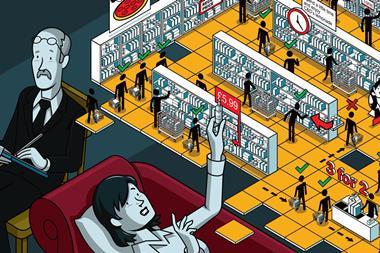


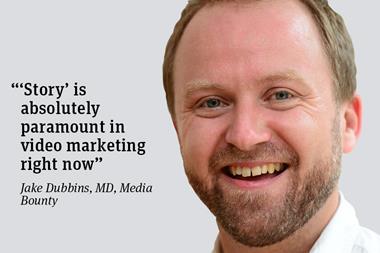
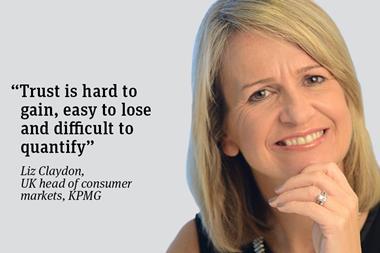




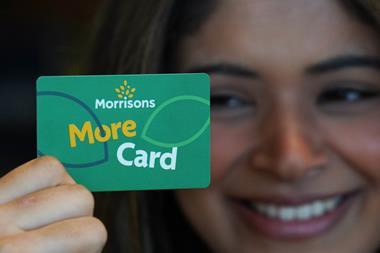

No comments yet